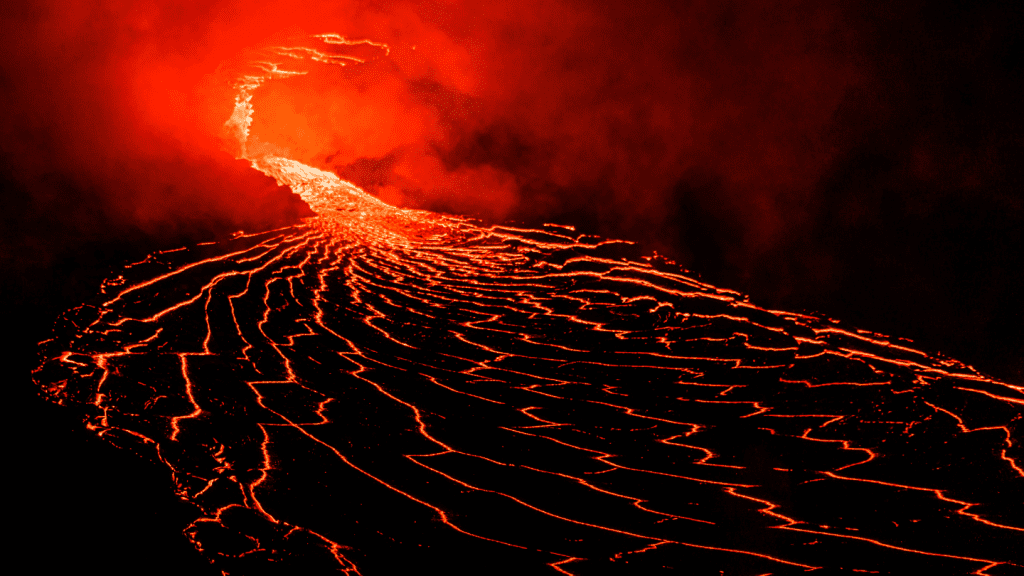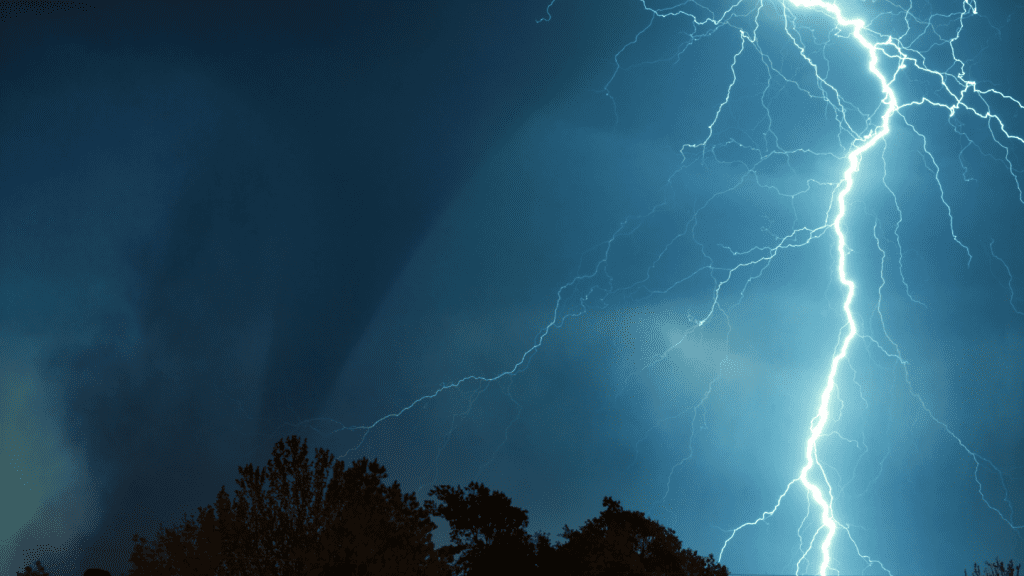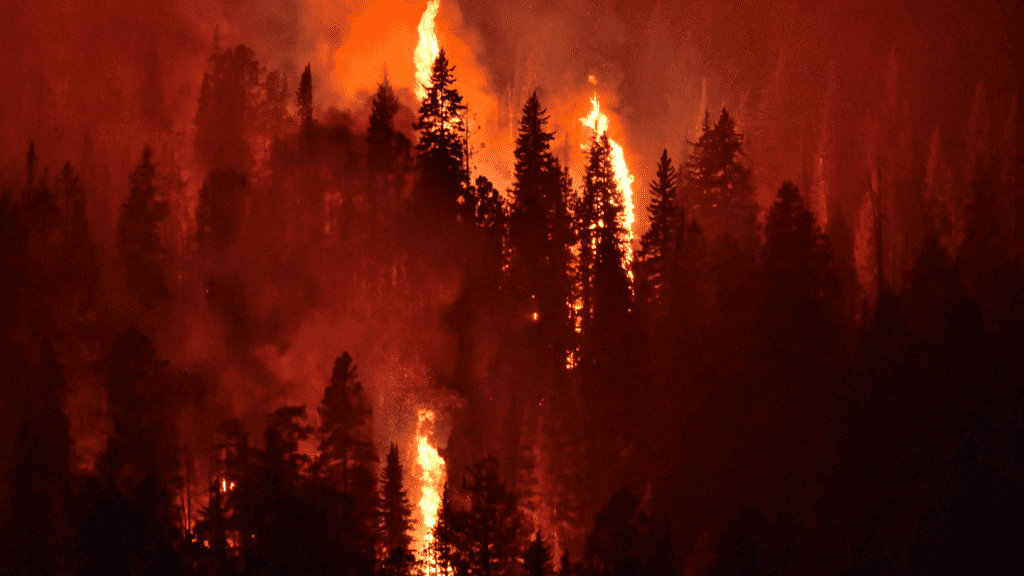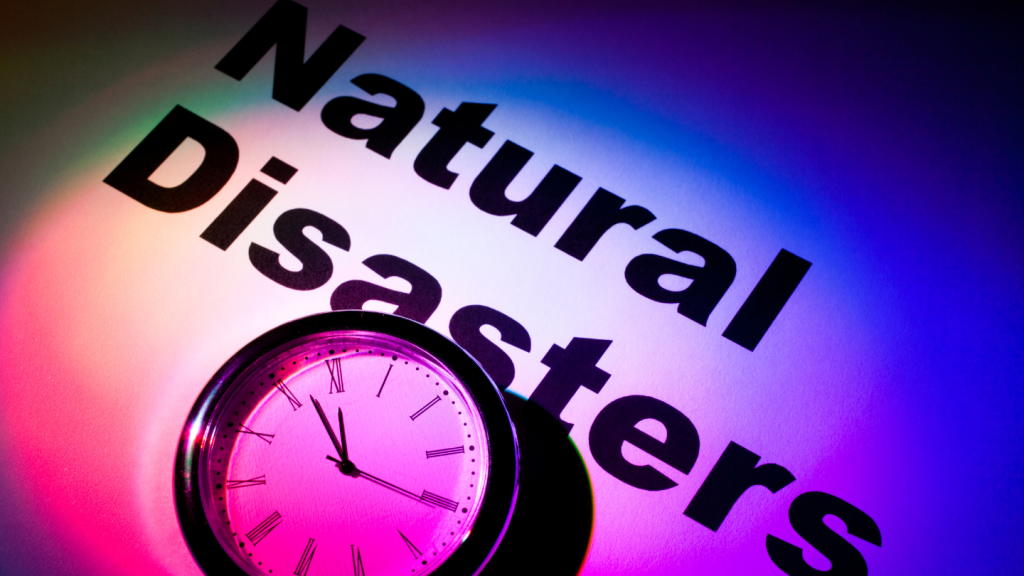Natural disasters have been a part of human history since time immemorial. From devastating earthquakes to powerful hurricanes, these events have shaped civilizations and left indelible marks on our collective psyche. Understanding the causes of natural disasters is crucial not only for preparedness but also for mitigation.
In this article, United Water Restoration Group will delve deep into the main causes of natural disasters, focusing on earthquakes, hurricanes, and tornadoes. By exploring these causes, we aim to provide readers with a comprehensive understanding of the factors that contribute to these catastrophic events.
1. What Are Causes of Natural Disasters?
Natural disasters, often depicted in media as nature’s wrath, are extreme, sudden events triggered by environmental factors. These events can lead to significant destruction, causing immense damage to infrastructure, loss of life, and upheaval in communities. The aftermath of such events often requires extensive recovery and rebuilding efforts, underscoring the importance of understanding their causes to better prepare and mitigate their impacts.
These disasters can be categorized based on their origin:
Geophysical Disasters: These are caused by the movement and behavior of the Earth itself. Examples include earthquakes, volcanic eruptions, and tsunamis. The shifting of tectonic plates, volcanic activity, and undersea earthquakes are some of the primary causes of these types of disasters.

Meteorological Disasters: These are related to weather and atmospheric conditions. Hurricanes, tornadoes, and blizzards fall under this category. Factors like changing sea temperatures, atmospheric pressure, and global weather patterns play a role in their occurrence.
Hydrological Disasters: As the name suggests, these disasters are related to water. Floods and landslides are common hydrological disasters. Heavy rainfall, dam failures, or rapid snowmelt can lead to these events.
Climatological Disasters: These are long-term climatic events like droughts and extreme temperatures. They are often the result of prolonged weather patterns, such as El Niño or La Niña, and can also be exacerbated by human activities like deforestation and mismanagement of water resources.
While nature’s processes play a significant role in causing these disasters, human activities can also be a contributing factor. Urbanization in vulnerable areas, deforestation, poor land management, and environmental degradation can amplify the effects of natural events, turning them into disasters. As our world continues to evolve, understanding the intricate balance between natural processes and human influence becomes even more crucial in predicting, preparing for, and preventing future disasters.
2. Earthquakes
Earthquakes, often referred to as nature’s sudden jolts, are phenomena that have both fascinated and terrified humanity for centuries. These seismic events can range from barely noticeable tremors to catastrophic shakes that can level entire cities. Understanding the causes behind these tremors is crucial for both preparedness and mitigation. Let’s delve deeper into the primary reasons behind earthquakes.
The Earth’s Crust in Motion: Earth is not a static planet. Beneath our feet, vast tectonic plates float on the semi-fluid asthenosphere. The primary driver of earthquakes is the movement of these tectonic plates beneath the Earth’s surface. These plates are in perpetual motion, albeit at a pace slower than the growth of human fingernails, driven by the convection currents in the Earth’s mantle. As these currents rise and fall, they push and pull the plates in different directions. This movement can lead to plates colliding, pulling apart, or sliding past one another, all of which can cause earthquakes.

Fault Lines: Nature’s Pressure Points: Imagine trying to slide two rough surfaces against each other. They would resist this motion until the force applied surpasses the friction between them. This is analogous to what happens at fault lines. When two tectonic plates grind against each other at a fault, they don’t just smoothly slide. Instead, stress accumulates because of the friction holding them together. When this stress finally overcomes the friction, it releases suddenly, causing the ground to shake – an earthquake.
Human Activities: While nature has its mechanisms, human activities have also been identified as triggers for seismic events. For instance, mining can cause small earthquakes around the mines. Similarly, the filling of large reservoirs behind dams often induces seismic activity, known as reservoir-induced seismicity. This is because the weight of the reservoir can change stress on the underlying earth, potentially triggering earthquakes. Additionally, the extraction of geothermal energy, where water is injected into hot rock formations, can also induce seismic events. As we harness Earth’s resources, it’s essential to understand and mitigate the seismic risks associated with these activities.
3. Hurricanes
Hurricanes, with their swirling winds and torrential rains, are among the most powerful and destructive natural phenomena on Earth. These massive storm systems, known by various names such as cyclones or typhoons depending on their location, have been both a source of awe and a cause for concern for coastal communities worldwide. To better prepare and protect against these formidable forces of nature, it’s essential to understand their genesis and the factors that fuel their fury.

Warm Ocean Waters: At the heart of every hurricane lies warm ocean water. These vast bodies of water serve as the cradle for these storms. As the sun heats the ocean, the warm water begins to evaporate, and this heat rises, creating a low-pressure system. This system acts like a magnet, drawing in the surrounding air. As this air rushes in, it begins to spiral due to the Earth’s rotation, giving birth to the cyclonic formation we recognize as a hurricane. The warmer the water, the more heat energy is available to power the storm, leading to more intense hurricanes.
Atmospheric Conditions: While warm waters are a primary ingredient, they alone aren’t enough to cook up a hurricane. Specific atmospheric conditions act as the other ingredients in this recipe. A pre-existing weather disturbance, such as a tropical wave, provides the initial spark. Warm tropical oceans offer the heat energy, while moisture in the atmosphere supplies the fuel in the form of water vapor. Lastly, relatively light winds are crucial as strong wind shear can disrupt the storm’s formation. When all these conditions align, the stage is set for a hurricane to form.
Climate Change: The debate on climate change has moved from ‘if’ to ‘how much.’ As global temperatures continue to rise, so do the ocean’s temperatures. This increase in warmth means that there’s more energy available for storm systems. Consequently, we can expect not only a rise in the number of hurricanes but also an increase in their intensity. Warmer waters supercharge these storms, making them more powerful and potentially more destructive. As we grapple with the broader implications of climate change, understanding its impact on hurricanes is crucial for future preparedness and mitigation strategies. In 2023 we’ve seen some of these effects with the first storm forming in early January.
4. Tornadoes
Tornadoes, often depicted as menacing funnels touching down from stormy skies, are nature’s most violent atmospheric storms. These rapidly rotating columns of air are capable of tremendous destruction, with wind speeds that can exceed 250 miles per hour. They can uproot trees, destroy buildings, and turn harmless debris into deadly projectiles. To better anticipate and respond to these formidable phenomena, it’s essential to understand the conditions that give rise to them.

Clash of Air Masses: The inception of a tornado often begins with the dramatic meeting of two contrasting air masses. Warm, moist air originating from the Gulf of Mexico ascends, while cold, dry air from Canada descends. This collision of air masses sets the stage for intense atmospheric instability. As the warm air rises, it cools and condenses, leading to the formation of a supercell thunderstorm. Within the turbulent environment of this supercell, if conditions are right, a tornado can form, spiraling down to touch the Earth’s surface.
Topography: The vast, flat landscapes of the American Midwest, often referred to as “Tornado Alley,” provide an ideal setting for tornado formation. Without mountains or other significant physical barriers to disrupt the airflow, the colliding air masses can mix freely and vigorously. This unobstructed landscape allows supercell thunderstorms to mature and, potentially, spawn tornadoes. It’s no coincidence that regions with flat topography, like the Central United States, witness a higher frequency of these twisters.
Seasonal Patterns: While tornadoes can form at any time of the year, they have a distinct seasonal pattern. Spring and early summer are prime times for tornadoes. During these months, the temperature contrasts between the colliding air masses are the most pronounced, leading to more significant atmospheric instability. However, it’s crucial to note that tornadoes are not strictly bound by the calendar. They can, and do, occur outside of these peak months, emphasizing the importance of year-round preparedness.
The Interconnectedness of Natural Disasters
Natural disasters, while often studied and categorized as individual events, are not isolated phenomena. They are part of a complex web of interconnected events, each influencing and sometimes triggering others. This intricate interplay can amplify the impact of these disasters, making their study and understanding not just about recognizing individual events but about seeing the bigger picture of how they relate and interact.

Domino Effects in Nature: Just as a single domino can set off a chain reaction, one natural disaster can lead to another. An underwater earthquake, with its epicenter located on the ocean floor, can displace vast amounts of water, giving birth to a tsunami. This tsunami, a series of massive waves, can travel across oceans at high speeds. Upon reaching shallow coastal areas, these waves rise and crash onto the shore, leading to widespread flooding. Here, three distinct natural disasters – an earthquake, a tsunami, and flooding – are intrinsically linked, each a consequence of the preceding event.

Climatic Interactions: The world’s climate system is a complex network of interactions between the atmosphere, oceans, land, and living organisms. A drought in one region can lead to wildfires, which in turn can affect local weather patterns and air quality. Similarly, melting polar ice due to global warming can lead to rising sea levels, which can increase the risk of coastal flooding during storm surges.
Understanding the Causes and Effects of Natural Disasters
By understanding what causes natural disasters, we can better prepare for them and mitigate their effects. Earthquakes, hurricanes, and tornadoes each have their unique causes, but they all serve as reminders of the immense power of nature. These types of events can completely change your life and your property in a matter of moments. If you experience any type of damage, do not sit on it and wait! Your insurance policy will likely require you to act within a certain timeframe or your coverage may lapse. Secondary damage may arise if you allow the damage to stay as well. Things such as mold and further deterioration of affected materials pose serious risks. 
If your property is experiencing natural disaster damage and you need restoration, our local experts can assist! Contact our service line at (800) 430-5838 for assistance! Our service line is open 24 hours a day, 7 days a week, 365 days a year.





